Tungsten Carbide Tools Replaced by Ceramic Tools
- Details
- Category: Tungsten's News
- Published on Thursday, 04 May 2017 11:33
- Hits: 536
In recent years, with the development of materials engineering and the continuous emergence of new materials, in the aerospace and large-scale processing of body processing, with the difficult to use the deepening of the material and the continuous emergence of composite materials, and with the CNC machine tools Large-scale popularization, the popularity of digital intelligent processing technology, high-speed processing and long processing more and more absolute position. The emergence of ceramic and metal ceramic tools are corresponding to the manufacturing industry for high-speed and efficient processing of the urgent needs. For the "China Made" in the transition period, after the early accumulation of technology and technology exploration, with the "C919 large passenger aircraft" and "Yun-20 strategic transport aircraft" and other large domestic production and production as a representative , In the material technology and manufacturing process requirements of the imminent demand, 2017, China made ceramic tools demand will have a big upgrade.
With the combination of tool technology and machine tool technology, workpiece materials and tool materials to promote each other, aerospace manufacturing industry continues to develop. It can be said that the continuous development of tool materials is the driving force for the continuous development of aerospace manufacturing. At present, aerospace manufacturing industry widely used tooling grades up to thousands of models, according to the tool material to divide, nothing more than the following categories: tool steel (carbon tool steel, alloy tool steel, high speed steel), carbide , Ceramic and superhard tool material. Carbon tool steel is suitable for manufacturing hand tools, carbon tool steel T10A and T12A applications are more extensive.
In the aviation manufacturing industry, the proportion of tungsten carbide tools are the largest. Tungsten carbide tools in the aviation manufacturing is the leading tool, the scope of application is quite wide, in the NC tool material dominated.Tungsten carbide has become the main tool material, so that the cutting process to achieve the transition to the carbide age, due to different grades of carbide characteristics of different characteristics, and therefore its scope of application is also different. Tungsten carbide can be used not only to manufacture a variety of machine can be translatable tool, and can create a whole type of end mills, reamers, taps and drill bits. Tungsten carbide tools are divided into ordinary hard alloy, coated carbide, ultrafine particles of cemented carbide, carbon (nitrogen) titanium-based cemented carbide.
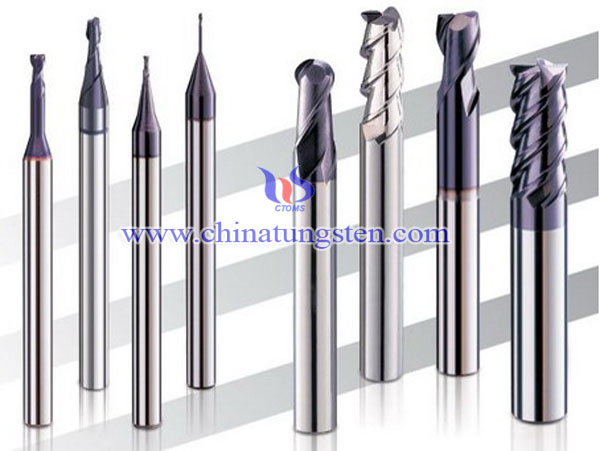
YT-type tungsten carbide with YG class and YW class most of the excellent performance in the aerospace manufacturing industry is more widely used. Coated carbide has a higher hardness than the matrix, wear resistance, heat resistance, widely used. Ultrafine particles tungsten carbide can be used in a wide range of intermittent cutting. Carbon (nitrogen) titanium-based cemented carbide is mainly used for the continuous surface finishing and semi-finishing of steel parts.
With the development of new technological revolution, it is necessary to continuously improve the cutting productivity and reduce the production cost, especially the development of CNC machine tools, the development of cutting tools than carbide cutting speed, more wear-resistant new tool. Recently a variety of high strength, high hardness, corrosion resistance, wear and high temperature difficult to cut the growing number of new materials. According to the literature, this material has accounted for more than 50% of the total number of international processing. Tungsten carbide tools for many of the new materials processing difficult to do. On the other hand, now the international cemented carbide production has reached 20000- 25000t. Annual consumption of a large number of metals, such as W, Co, Ta and Nb. The mineral resources of these metals are declining, prices rise, according to the consumption rate, not take decades. Some resources will be exhausted. Ceramic tools are in this context developed.
As early as 1912-1913, alumina and ceramic tools had emerged in the UK and Germany, but their applications in production began in 1950. Because of its strength, low toughness, a long period of time is limited to continuous cutting and finishing with, and the cutting speed and feed are low. Until 1968 only appeared in the second generation of ceramic tools - composite alumina tool, in strength and toughness than the alumina knife has been significantly improved, you can at a higher speed and the larger the amount of cutting a variety of workpiece Has been widely used. The 20th century, the late 70s to the early 80s appeared in the third generation of ceramic tools - silicon nitride ceramic tools. This type of ceramic knife has a higher toughness, impact resistance, high temperature strength and thermal shock resistance than the composite alumina tool. Ceramic blades have grown rapidly in industrialized countries.
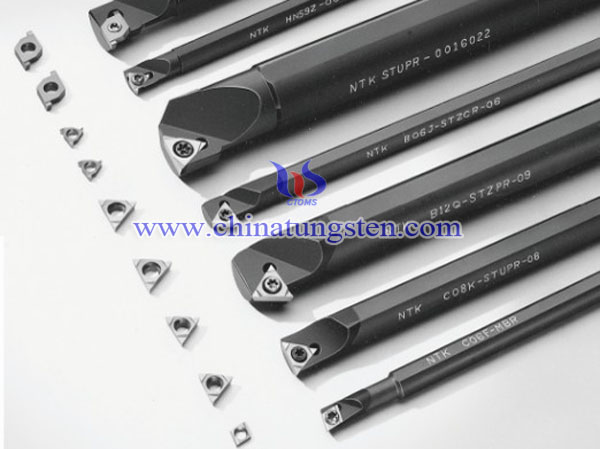
China since the 20th century, 60 years began mass production of composite alumina blades, the current annual production capacity of 14-15 million. Although the silicon oxide ceramic blade has been studied since the 1970s, due to poor performance, can not meet the demand. In recent years, with the deepening of the field of high-temperature structural ceramics research, so that the performance of silicon nitride ceramics has been greatly improved, so that the silicon nitride ceramic tools developed rapidly in China.
Although the level of research on ceramic tools in China is not worse than abroad, but the practical application of the development of slower. According to the relevant information reported that the current domestic ceramic tools accounted for the proportion of the total tool does not exceed 1%. Silicon nitride ceramic tool is in recent years only in the production of the use of a new type of tool. Therefore, both the geometric parameters of the tool, the amount of cutting and the use of technology, are the lack of mature experience. China's ceramic tools in the indexable tool in a small proportion, the annual output of less than 0. 1% of cemented carbide. From the cutting performance point of view, China's ceramic cutting tool is high hardness alloy cast iron rough processing, intermittent cutting direction.
At present, China's ceramic tools application are still in its infancy, the actual application of the development of slower. Ceramic tools are mainly used for hard alloy cutting tools difficult to cut the workpiece roughing. Aerospace manufacturing industry to promote the use of ceramic tools for a long time, in the ceramic tools geometric parameters, cutting the amount of use and technology need to accumulate experience. Ceramic materials Compared with cemented carbide, ceramic materials have higher hardness, thermal and abrasion resistance. Ceramic tools chemical stability, antioxidant capacity are better than carbide, very suitable for dry continuous high-speed cutting high-temperature alloys, hardened just, bearing steel, high strength steel and other difficult to process materials. Aero engines in the application of many high-temperature alloys, shaft parts more, the ceramic tools to play its advantages. To achieve efficient processing, to replace some of the ceramic cutting tool carbide tool is completely feasible. Ceramic tools are not a universal tool, only the correct use in order to give full play to its superiority.
| Tungsten Carbide Supplier: Chinatungsten Online tungsten-carbide.com.cn | Tel.: 86 592 5129696; Fax: 86 592 5129797;Email:sales@chinatungsten.com |
| Tungsten News&Tungsten Prices, 3G Version: http://3g.chinatungsten.com | Molybdenum News & Molybdenum Price: http://news.molybdenum.com.cn |



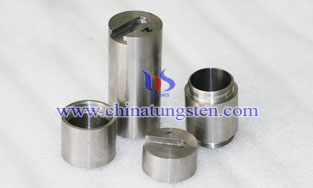


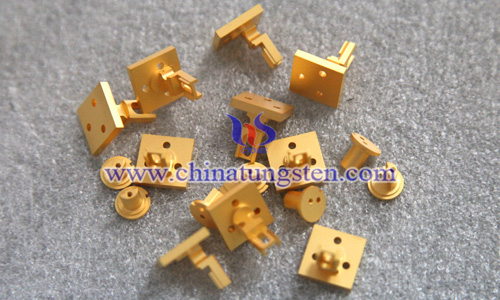
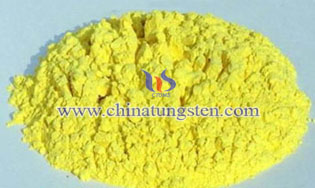
 sales@chinatungsten.com
sales@chinatungsten.com